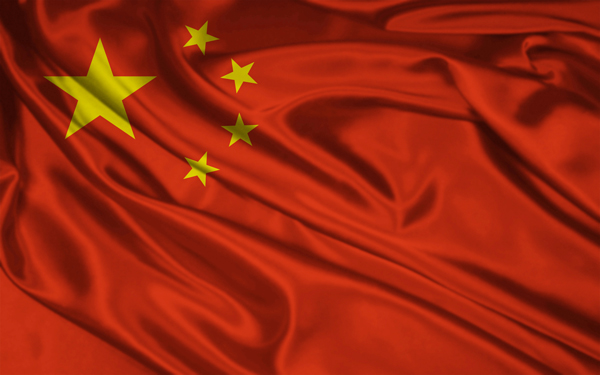Sales & Marketing Australia
Deliver sustainable growth with a superior commercial and digital strategy
New Pharma Standards in China Paves the Way for Higher Standards and Increased Competition
Revision of China’s Good Supply Practice for Pharmaceutical Products took almost three years to finalise, the final product establishing higher standards for quality controls in drug distribution and supply chain management across the region. But is there another ultimate goal?

First issued in 2000, the updated Good Supply Practice for Pharmaceutical Products (GSP) – released by the Ministry of Health (MOH) in January this year – comes into effect next Saturday (June 1st). To foster the healthy development of the country’s pharmaceutical industry, and to maintain a level of competition with its Western counterparts in this regard, the newly revised GSP has established high requirements for quality management which aim to help control drug quality risk in the distribution process. Compared with the previous GSP, the new standards also outline higher qualification requirements and better standards for engaging in drug distribution.
In order to comply with the new rules, drug manufacturers and distributors will need to establish a comprehensive computerized system to monitor their entire operation processes and ensure product traceability. This includes equipping their warehouses with temperature and humidity auto-monitoring systems and employing an electronic drug monitoring system in-house in order to ensure the new standards of operation and quality are continuously and consistently met. The revised GSP also demands better quality tracking of sales and purchases of any pharma products coming in or out of the firm. As China’s State Food and Drug Administration (SFDA) is in the process of implementing a tracking system capable of tracing each individual drug by barcode, distributors will be required to put in place a system that is compatible with this tracking system.
Difficulty keeping up
In the past decade, China has introduced a myriad of regulatory changes in an effort to modernize its pharmaceutical industry and bring it in line with international standards. These include reorganizing the former SFDA, updating drug regulation and good manufacturing practice, improving intellectual property protection and changing drug import licensing. Naturally, this rapidly evolving landscape has caused quite a headache for businesses as they struggle to adopt the many new requirements.
In this instance, the SFDA has granted a three-year grace period (expiring on 1 June 2016) for the implementation of the revised GSP to allow companies to meet the tough demands. Firms found to be compliant will be issued with a GSP accreditation certificate by the SDFA which is valid for five years. However, pharmaceutical distributors that fail to meet the new requirements by this time will have their pharmaceutical operations suspended.
With about 13,000 licensed wholesale distributors currently active in China's pharmaceutical sector, the SFDA estimates that it would cost a whopping seven billion Yuan total in order for the entire industry to fully comply with the new GSP standards. But that is not the plan. As outlined in China's 12th Five Year Plan, one of the objectives of the introduction of the new standards is to accelerate the consolidation of China's pharmaceutical distribution sector. With the new GSP, many smaller drug firms are likely to be forced out of the market as they may be unable to source the capital to upgrade their facilities and systems to satisfy the rigid requirements.
For those pharmaceutical companies with sufficient resources, therefore, the next three years may be seen as a golden opportunity for growth. The door is very much open for them to approach and acquire promising but cash-poor companies scrambling to find the funds to meet GSP standards.
Sales & Marketing Australia
Deliver sustainable growth with a superior commercial and digital strategy
